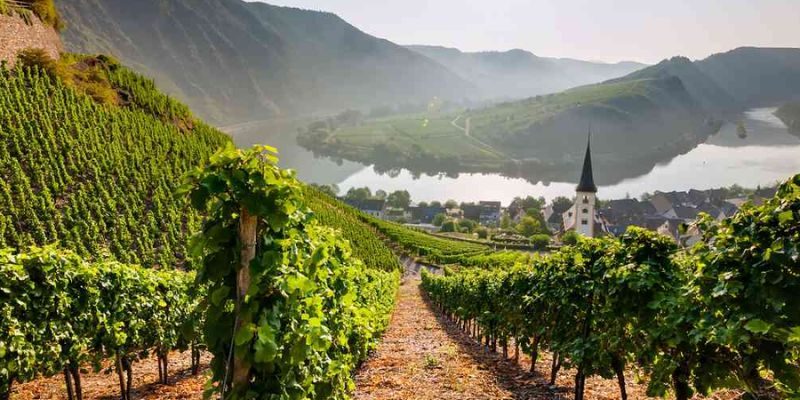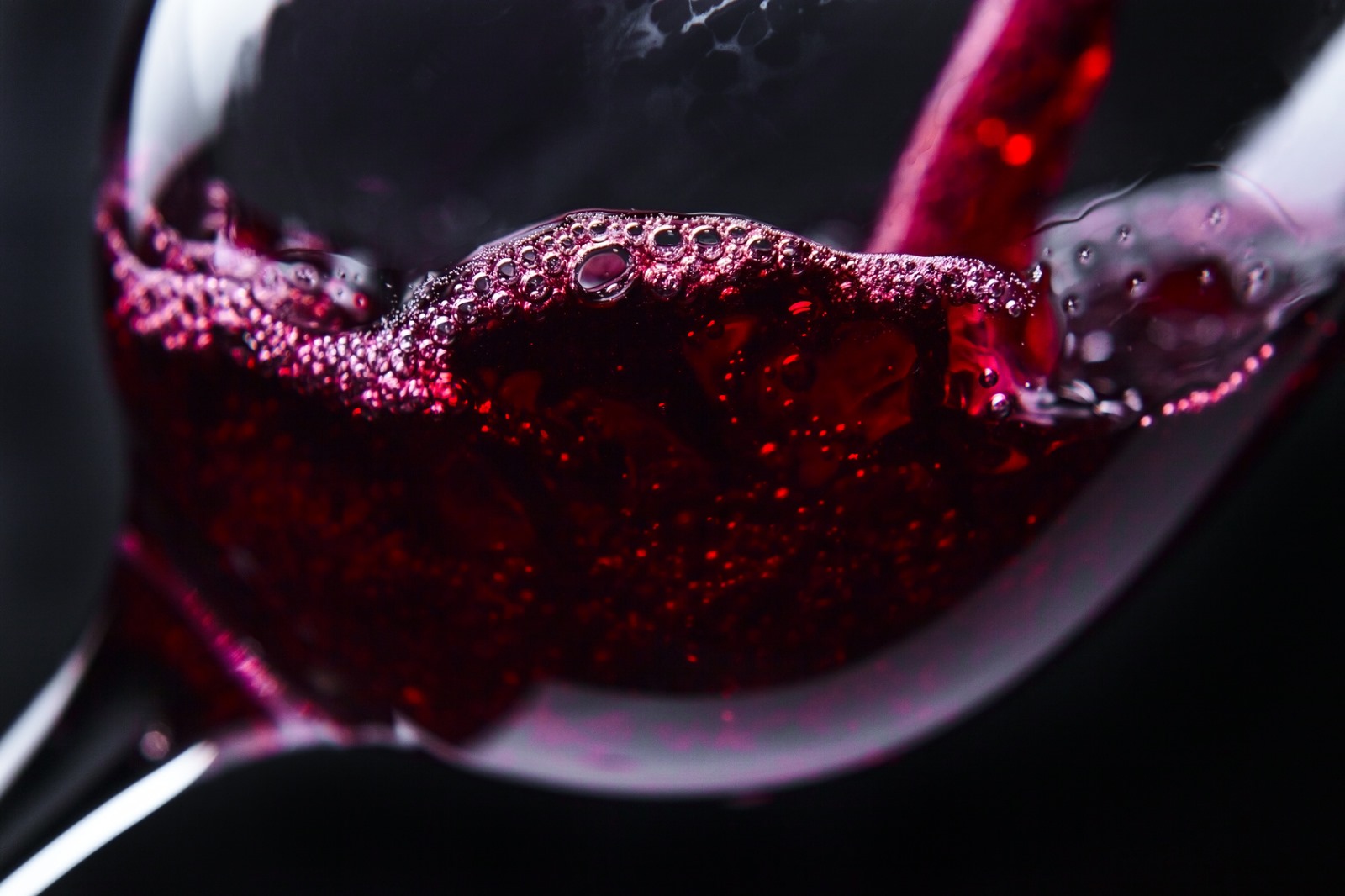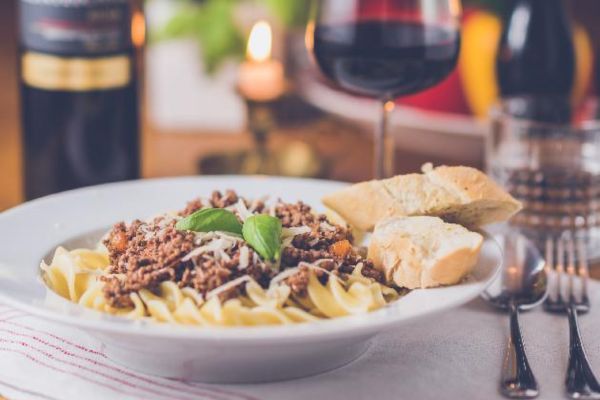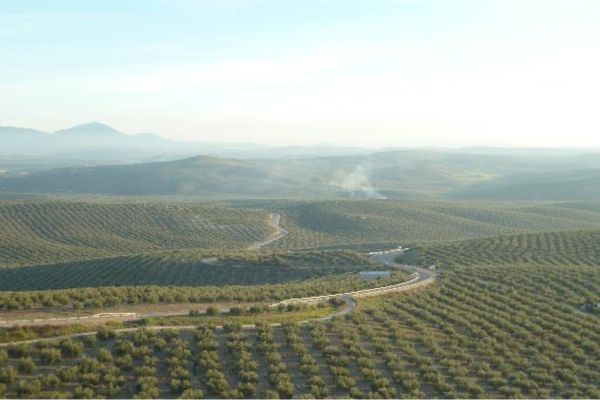- ABOUT US
Who We Are
55 Years´S Experience
Production and MarketingL&P Global has over 50 years’ experience in import and export of olive oil, wine and other food products from Spain and Italy to the rest of the world.
- SUSTAINABILITY
Sustainability
At L&P Global, sustainability drives everything we do. We source responsibly, partner with local farmers, and promote ethical practices. With certified organic products and CEAE standards, we prioritize the planet while delivering quality.
Find out moreLorem Ipsum is simply dumy text of the printing typesetting industry lorem ipsum. - OUR PRODUCTS
- NEWS & UPDATES
Blog & Updates
Stay updated on wine trends, new products, and expert tips for your portfolio. Whether you’re a seasoned connoisseur or new to wine, our blog offers curated insights, backed by 50 years of experience. Cheers to your journey through exquisite flavors!
- ONLINE SHOP
- CONTACT

The Ultimate Guide to German Wine
Germany is home to some of the world’s most exciting and ageworthy wines. At L&P Global, we aim to demystify German wine and help you discover its diverse and enthralling offerings.
Key Grape Varieties
Germany boasts a range of key grape varieties, each offering unique flavours and characteristics:
Riesling
Known for its aromatic qualities and versatility, from dry to sweet.

Spätburgunder (Pinot Noir)
Ranging from medium-bodied to robust and tannic.

Rosé Wines
Refreshing and vibrant with red berry flavours.

Sparkling Wines
Elegant and effervescent, perfect for celebrations.

Key Styles
While German wine production is dominated by dry styles, traditional sweeter wines with lower alcohol levels continue to have a devoted following.
What's New in German Wine?
The Rise of Spätburgunder (Pinot Noir)
Though Riesling is synonymous with German wine, Spätburgunder is making significant strides in quality and popularity, rivalling some of the best reds globally. The combination of improved vineyard practices and climate change has contributed to this rise.


Grosses Gewächs – Germany’s Grands Crus
The VDP (Verband Deutscher Prädikats- und Qualitätsweinguter) highlights the quality of Germany’s terroir through its hierarchy, featuring Grosses Gewächs (GG) wines. These dry, premium-quality wines are some of the most exciting from Germany, showcasing diverse soils and terroirs beyond the traditional Mosel-Saar-Ruwer region.
Health-Conscious Drinkers
Germany’s ability to produce lighter whites below 10% alcohol content appeals to health-conscious consumers. The Prädikat system (Kabinett, Spätlese, Auslese) offers wines with varying sweetness levels, catering to different tastes and occasions.


Understanding German Wine Labels
German wine labels can be complex, but here are the four most important pieces of information:
- The name of the grower.
- The origin of the grape variety.
- The vineyard.
- An indication of whether the wine is dry or sweet (sweetness codes 1 to 9).
Dry or Sweet? The German Dilemma
While a high percentage of German wines are dry, Riesling often benefits from natural sweetness, enhancing its bouquet and longevity. The Prädikat system categorises traditional wines based on ripeness levels, from Kabinett to Eiswein, indicating intrinsic sweetness and alcohol content.

VDP Wine Classifications
The VDP classification system focuses on geography and vineyard quality:
Gutswein
(Estate Wine)
From authorised grape varieties and good vineyard sites.

Ortswein
(Village Wine)
Single-village wines, often blended from different sites.

Erste Lage
(First-Class Vineyard)
From named vineyards with restricted grape varieties and yields.

Grosse Lage
(Top-Class Vineyard)
The very best vineyards, with further classification as Grosses Gewächs for premium dry wines.

Premier Wine Regions

Mosel-Saar-Ruwer
Renowned for low-alcohol wines with extraordinary fruit and character, the best wines come from sun-exposed, south-facing slopes with crumbled slate soil.
Rheingau
Famous for full-bodied, racy, and long-lived wines, the Rheingau’s great vineyards benefit from sunny south-facing slopes on the north bank of the Rhine.
Nahe
A diverse region with outstanding producers, offering intriguing aromas, minerality, and long-lasting flavours.
Pfalz
Home to valuable vineyards, the Pfalz produces full, spicy, and essentially dry wines.
Rheinhessen
Germany’s largest wine-growing region, famed for vineyards close to the Rhine, producing diverse and high-quality wines.
Discover L&P Global 's Wine Export Services
At L&P Global, we specialise in exporting German wines, offering a curated selection of white, red, rose, and sparkling wines. Our expert curation ensures you receive the finest wines that Germany has to offer.




